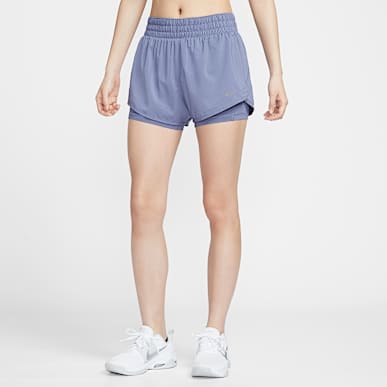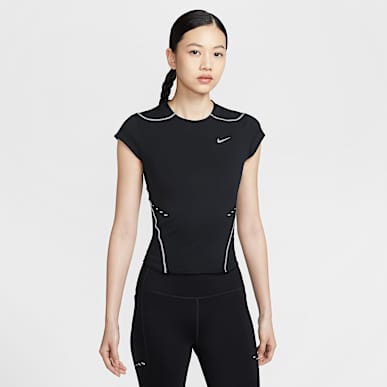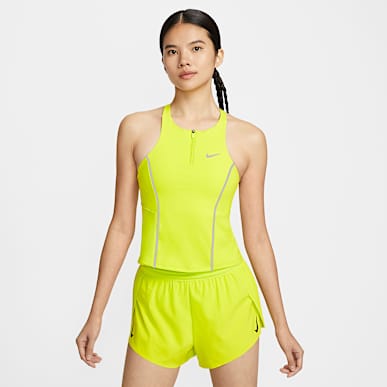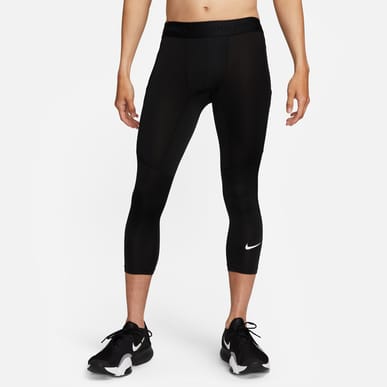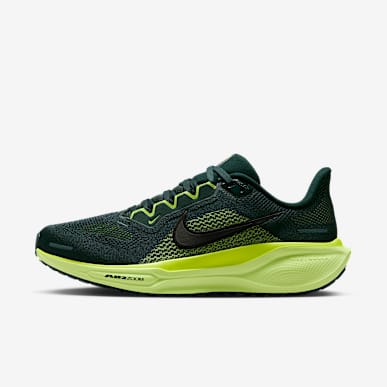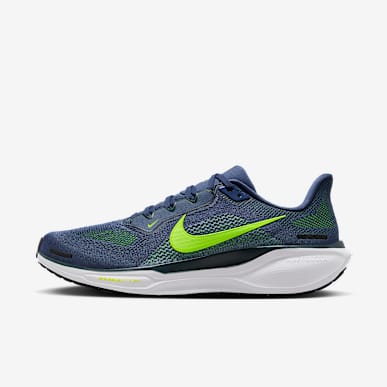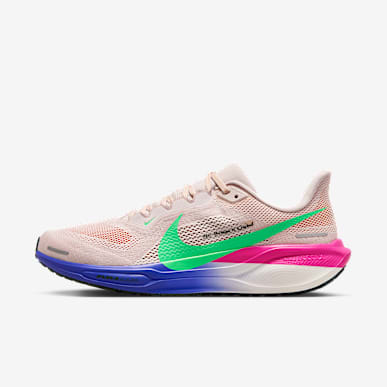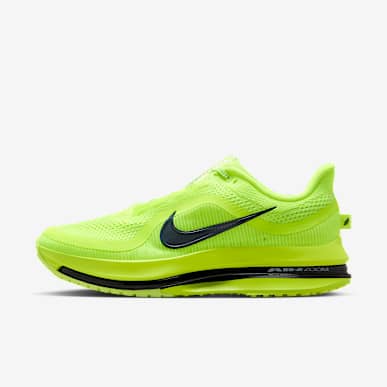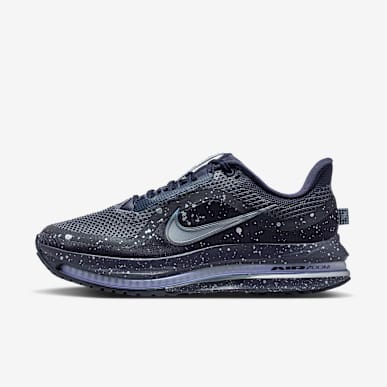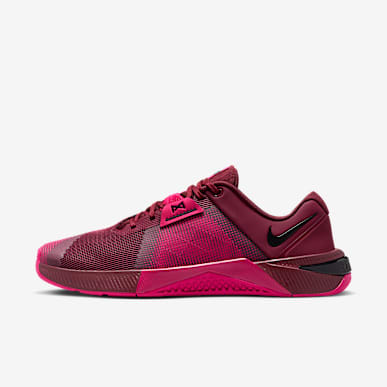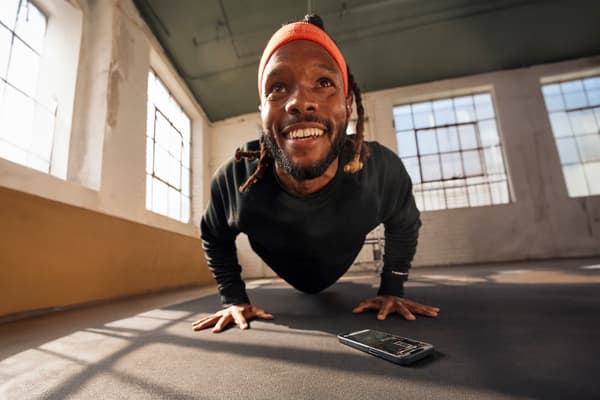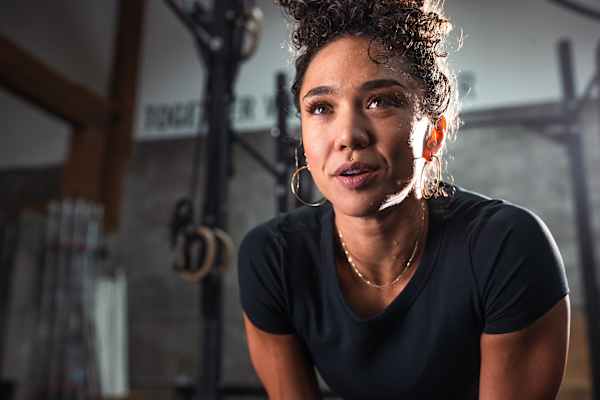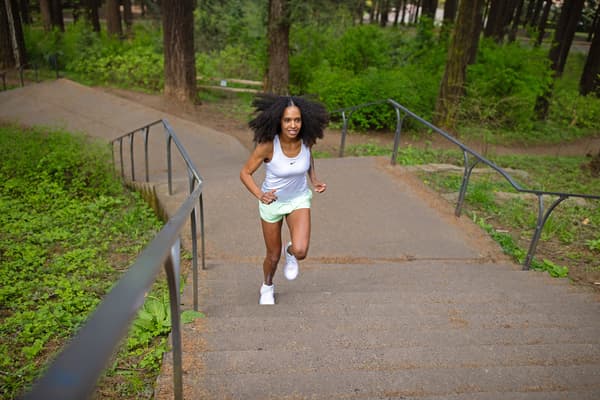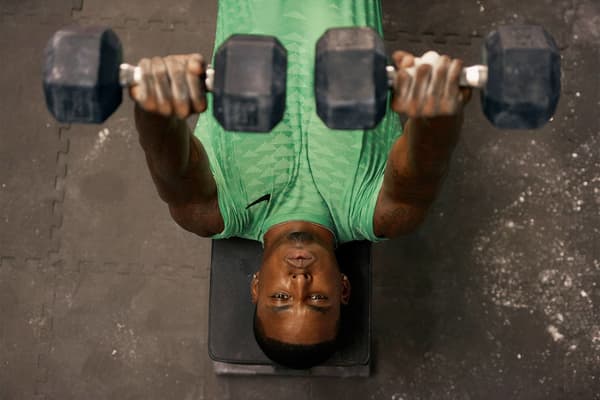7 workouts that can boost your aerobic endurance
Activity
Enhance your athleticism and heart health with these top cardio exercises.

If you want to improve your aerobic endurance, increasing and diversifying the types of cardio workouts you do will help you to achieve that goal—and become a stronger athlete.
"Cardiovascular endurance, also known as cardiorespiratory endurance, aerobic fitness or cardiorespiratory fitness, refers to your heart, lungs and blood vessels' ability to supply oxygen to your muscles during sustained physical activity", says Mallory Fox, DHSc, NASM-CPT and performance-enhancement specialist.
Improving cardiovascular endurance can enhance your athletic performance and improve your overall health. Research shows that challenging your aerobic endurance—or how long you can sustain physical activity—can also help lower your blood pressure levels, resting heart rate and LDL (harmful) cholesterol levels.
How do you build endurance?
Leo Hipp, a performance physiologist at Human Powered Health in Boston, Massachusetts, says the best way to build cardiovascular endurance is to establish a consistent cardio routine—and one that challenges you.
Of course, not everyone begins at the same fitness level, meaning it's not smart to go overboard with aerobic workouts from the get-go if your body isn't used to it. "If you're new to working out, it may be best to start small with just 10 to 15 minutes of physical activity for your first week", says Kevin Salinas, NASM-CPT and master instructor at CycleBar.
Salinas recommends jogging or walking as great activities to start with. "From there, you can gradually increase the intensity by increasing your duration", he says.
Pro tip: make a treadmill walking workout more challenging by increasing the incline or walking with dumbbells.
For those who are more advanced, "Performing cardiovascular exercise three to five days a week, for a minimum of 150 minutes a week, is a great start", Hipp says. "In order to make sure you are effectively utilising oxygen, which has the added benefit of stimulating fat metabolism for energy, you should only be working at 65 to 75 percent of your maximum heart rate". This is also known as zone two training.
"Engaging in brisk walking, running, cycling, swimming and group exercise classes are excellent ways to improve your aerobic endurance", Fox explains. As you get acclimatised to these and other cardio workouts, that's when you can make them more challenging. "The key is to perform these activities at a moderate to vigorous intensity for extended periods of time, gradually increasing the frequency, intensity, time or type over time to challenge your cardiovascular system", she says.
The most important thing to remember as you chase after this endurance goal? Choose the aerobic exercises that you enjoy doing the most. "By engaging in exercises you love, you're more likely to stick with them long term, reaping the numerous health benefits they offer", Fox says.
It's also always a good idea to check in with your healthcare provider before starting any new exercise routine, especially if you have any pre-existing health conditions.
7 cardiovascular exercises that can improve your endurance
Ahead, three experts share seven different heart-pumping workouts that can help you strengthen your endurance, so you can feel confident about reaching your fitness goals.
1. Walking
"Walking is an effective and accessible form of exercise that can be tailored to fit any fitness level", Fox says. "People with joint issues can walk in the pool, while beginners can start by aiming to increase their daily step count on land".
As Hipp points out, "Walking also has one of the lowest injury rates, making it a safe way to challenge your cardiovascular system".
"For those who are more seasoned athletes, walking can be a great way to perform active recovery on your rest days", Salinas says.
Make it more challenging: Fox recommends incorporating intervals into your walks, such as two minutes of brisk walking followed by five minutes at an easier pace.
2. Running
Running is one of the best ways to boost your fitness—it burns calories, keeps your heart strong and supports long-term health, Fox says.
"Running is a powerful cardiovascular workout that not only optimises calorie burn but also strengthens your heart and can extend your health span", Fox says.
If you are just starting out, Salinas recommends beginning with a walk/jog workout. "Try alternating between intervals of running and walking to build a strong baseline", he says. "Remember, no official pace or time designates someone as a runner. If you run, you're a runner, no matter how fast or far".
Pro tip: Fox says it's essential to invest in a high-quality pair of shoes that matches your biomechanics (think: foot strike, stride length, etc.) to provide the support that you need to run safely and comfortably.
3. Cycling
All three experts say cycling is an exhilarating way to improve your cardiovascular endurance without putting a lot of stress on your joints. "Whether you're exploring trails outdoors or pedalling on a stationary bike, enjoying solo time or attending a group fitness class, cycling can boost your heart health, making it a heart-smart exercise choice", Fox says.
Remember to stretch: "Sitting on a bike for long periods can stiffen your lower back and hips, so do warm-up exercises and stretch before and after your rides to maintain comfort and good form", Hipp says.
4. Swimming
"Swimming, while low impact, can easily become a challenging workout, as it enhances your muscular strength and cardiovascular endurance", Fox says. "There are also many different strokes you can do, which challenge different muscle groups and get your heart rate up", Hipp explains.
Bonus perk: "It's also a therapeutic activity that can reduce stress and improve mental well-being through its rhythmic and meditative nature", Fox adds. "As a former competitive swimmer, I credit the sport for my ability to regulate breathing in times of stress or discomfort".
5. Group exercise classes
If you feel motivated by seeing other people work out alongside you, group aerobic-based classes may be paramount in helping you achieve your goal.
"Working out with a group provides several benefits, such as not having to plan your workouts, extra accountability and a fun social dynamic", Salinas says. "There are several different formats of group exercise—some even include a strength training component".
Don't burn yourself out: "Some group fitness classes are more challenging than others", Hipp says, adding that you may leave some sessions feeling completely wiped out. "While this is good, you should only be exercising to total exhaustion once or twice per week", he says.
6. Bootcamp or HIIT
"High-intensity interval training and bootcamp workouts are time-efficient, vigorous exercise options that can rapidly improve cardiovascular fitness", Fox says. "These workouts are ideal for those looking to challenge themselves and achieve quick results".
However, as Hipp points out, bootcamp and HIIT workouts may be best in moderation. "The majority of our weekly exercise should be done at low intensity", he says. "One or two HIIT workouts a week along with multiple low-intensity workouts is the best combination for boosting cardiovascular endurance, especially if you are eager to enter into a race or competition".
Pro tip: "Bootcamp and HIIT workouts are great for those with a baseline fitness level, but don't be afraid to be a beginner", Salinas says. "The instructor will always provide options that meet your needs for most movements".
7. Cross-country skiing
This winter sport doesn't just offer breathtaking views of snow-laden terrain, it also challenges your cardiovascular system. "Cross-country skiing is the most physically demanding form of endurance exercise", Hipp says, adding that the sport recruits so many muscles in your body.
"Not only is cross-country skiing one of the best ways to boost your cardiovascular endurance, but it also offers a resistance training element", Fox says.
Pro tip: "Make sure you get fitted for the correct ski sizes so you can safely get the most out of your workout", Hipp suggests.
Words by Cheyenne Buckingham


